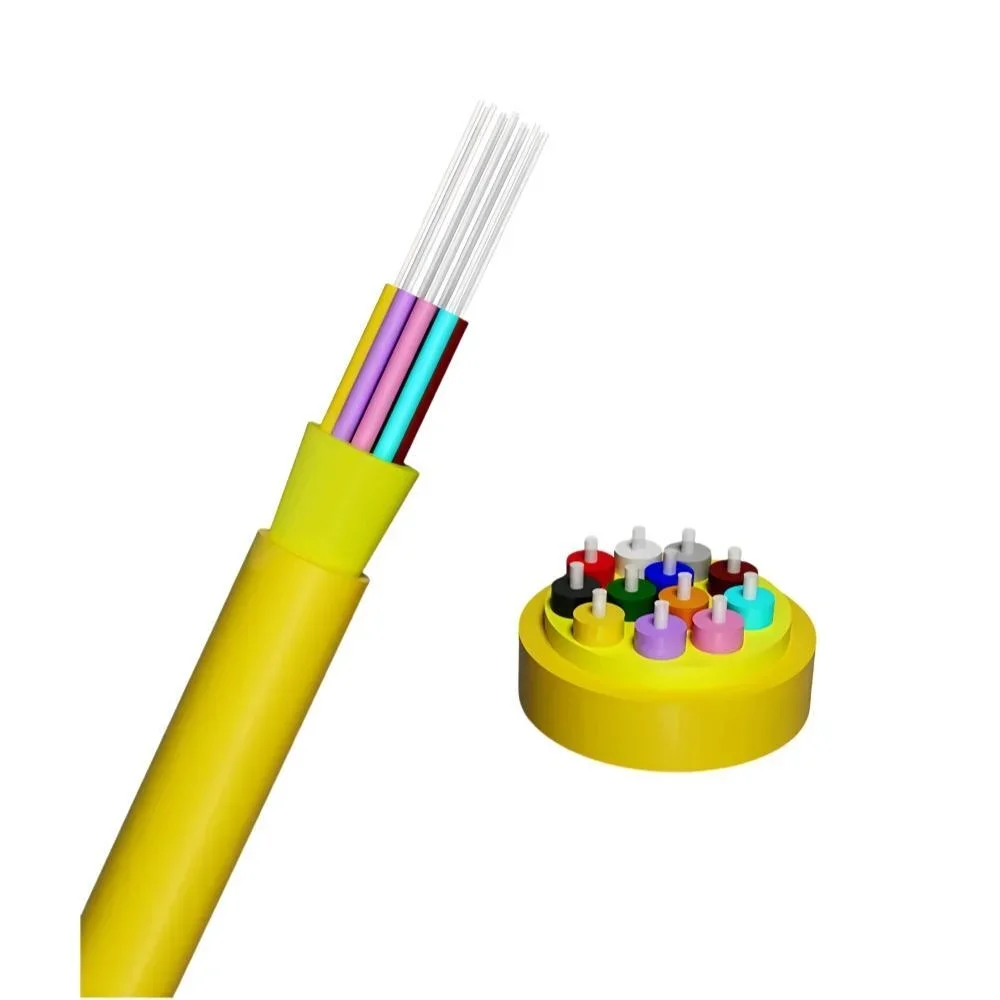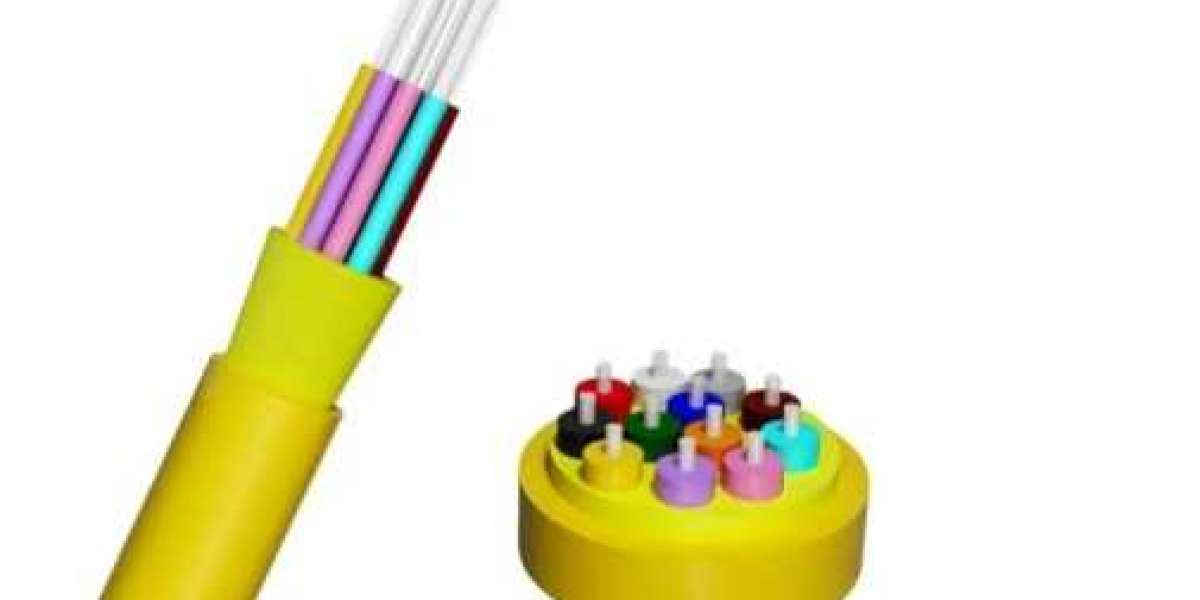Indoor cables are vital components in modern electrical systems, providing connectivity and power distribution for various applications. Understanding the different types of indoor cables available can help you make informed decisions for your home or business. At FlyingFiber, we offer the GJPFJH(V) Indoor/Outdoor Distribution Cable, designed for reliable fiber optic connectivity in both indoor and outdoor environments. This cable is available in single-mode (SM) and multi-mode (MM) options, ensuring low signal loss and durability. Let’s explore the various types of indoor cables and their specific applications.

1. Fiber Optic Cables
Fiber optic cables are designed to transmit data using light signals, making them ideal for high-speed internet connections and telecommunications. The FlyingFiber GJPFJH(V) cable, for example, features a strong aramid yarn strength member and a durable PVC/LSZH sheath, making it suitable for various environments. Fiber optic cables can be categorized into:
- Single-Mode (SM) Cables: These cables have a small core diameter and are used for long-distance communication, minimizing signal loss.
- Multi-Mode (MM) Cables: With a larger core diameter, these cables are used for shorter distances and are ideal for local area networks (LANs).
Applications:
- Internet service providers
- Data centers
- Telecommunications
2. Coaxial Cables
Coaxial cables consist of a central conductor surrounded by insulation, a metallic shield, and an outer insulating layer. They are commonly used for cable television (CATV) and broadband internet connections due to their ability to transmit high-frequency signals with minimal interference.
Applications:
- Cable television distribution
- Internet broadband connections
- Security camera systems
3. Twisted Pair Cables
Twisted pair cables consist of pairs of insulated copper wires twisted together to reduce electromagnetic interference. They come in two main types: unshielded twisted pair (UTP) and shielded twisted pair (STP). Twisted pair cables are widely used in networking applications.
Applications:
- Local area networks (LANs)
- Telephone systems
- Data transmission
4. Power Cables
Power cables are designed to distribute electrical power from one location to another. They can be single-core or multi-core and are typically insulated and sheathed for safety.
Applications:
- Residential electrical wiring
- Commercial buildings
- Industrial machinery
5. Audio/Video Cables
Audio/video cables, such as HDMI or RCA cables, transmit audio and video signals between devices. These cables ensure high-quality sound and picture transmission, making them essential for home theater systems.
Applications:
- Home entertainment systems
- Professional audio equipment
- Video conferencing setups
6. Control Cables
Control cables connect control devices in automation systems, carrying low-voltage signals for controlling machinery or equipment.
Applications:
- Automation systems
- HVAC control systems
- Industrial machinery
Conclusion
Choosing the right type of indoor cable is crucial for ensuring optimal performance in various applications. From fiber optic cables providing high-speed data transmission to power cables distributing electricity safely, understanding the specific uses of each type will help you make informed decisions tailored to your needs. At FlyingFiber, we are committed to providing high-quality indoor and outdoor distribution cables that meet the demands of modern connectivity. If you have any questions or need assistance with your cable selection, feel free to reach out!







